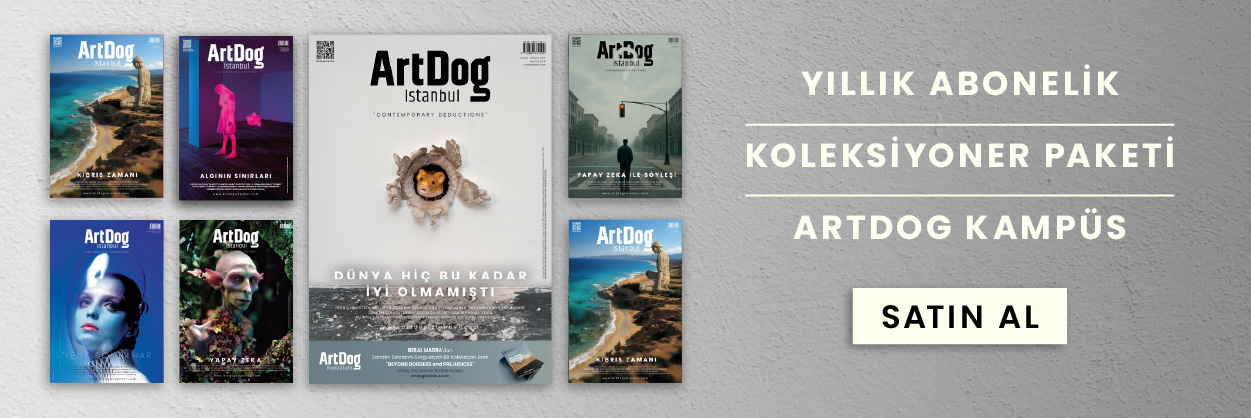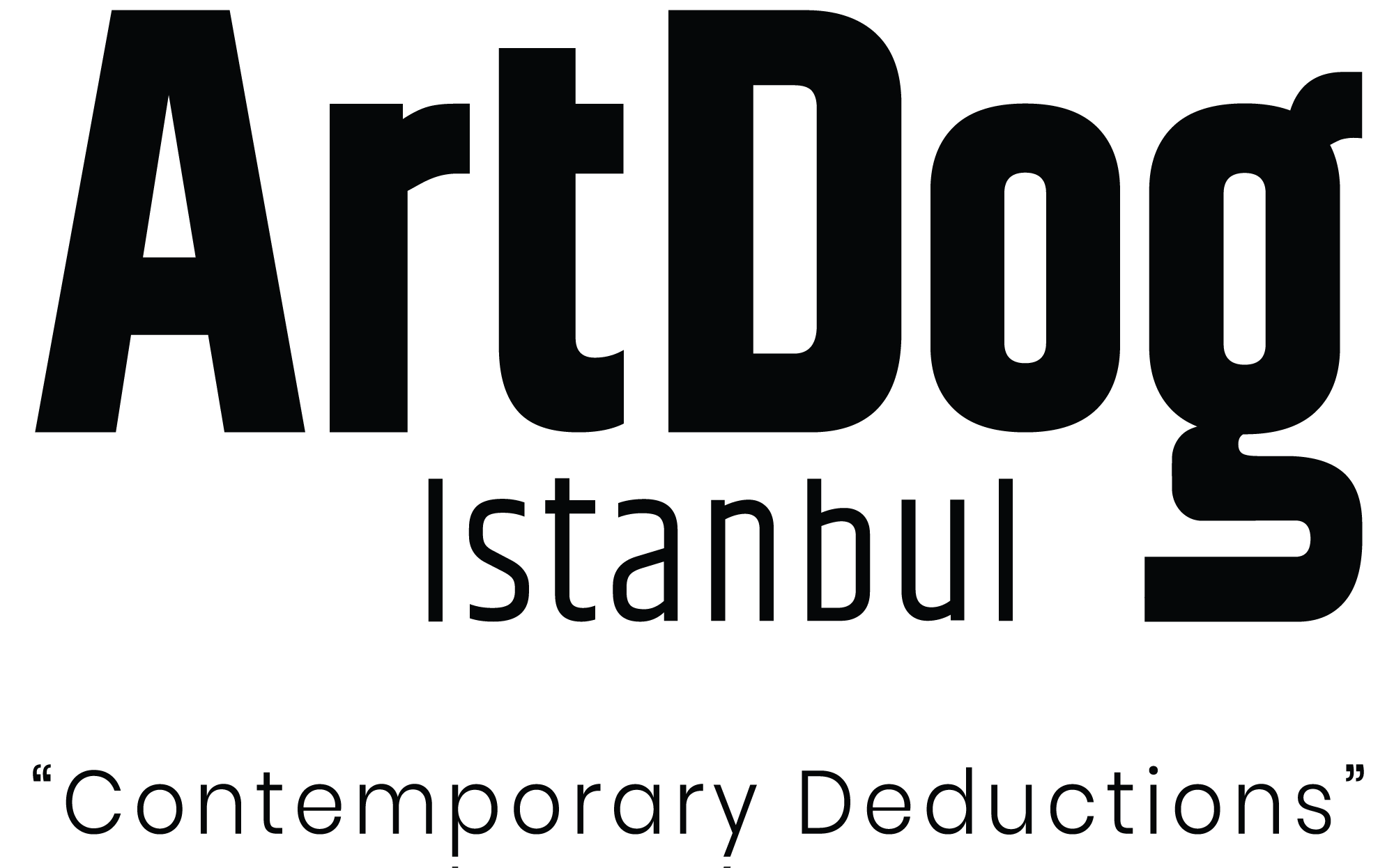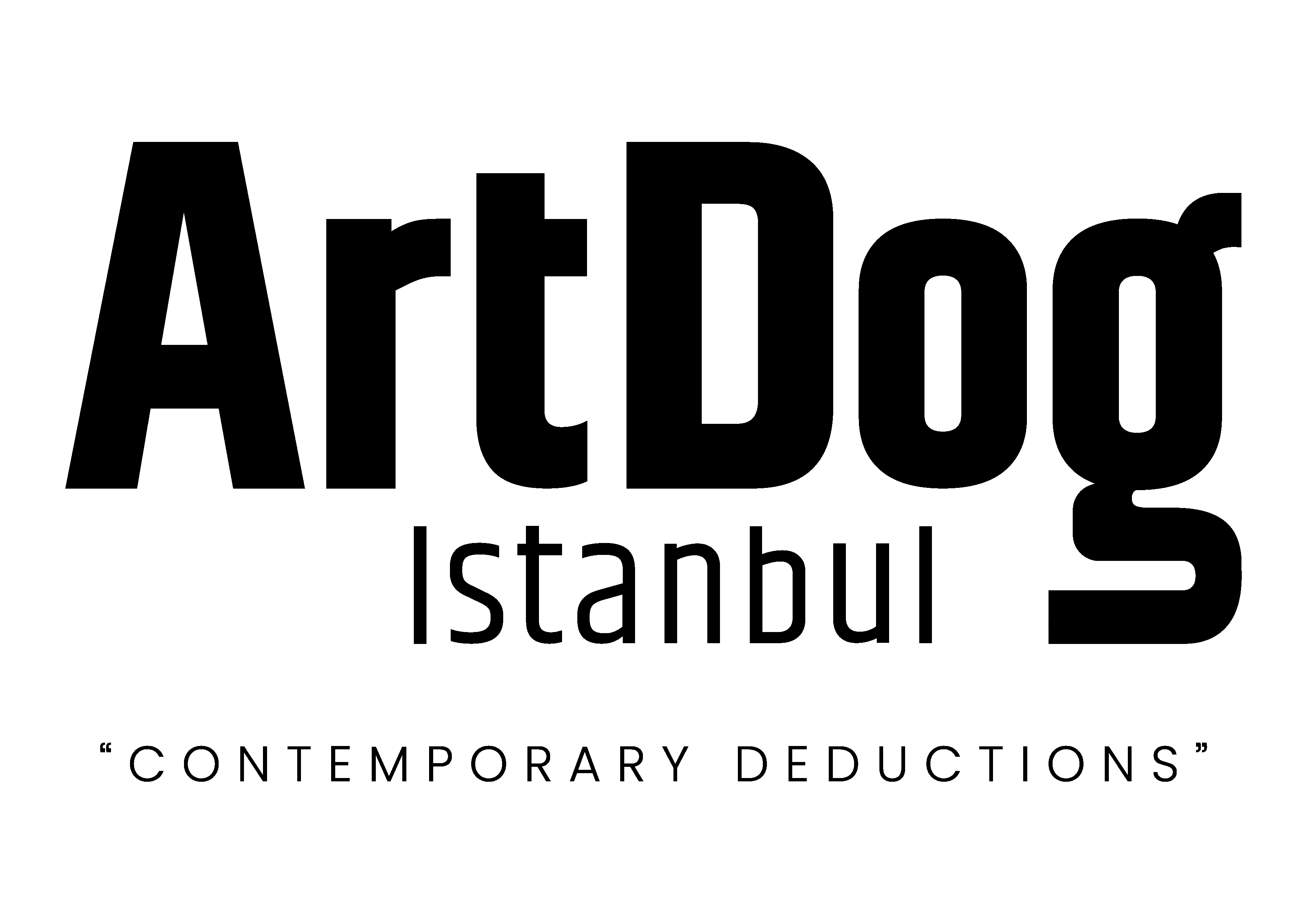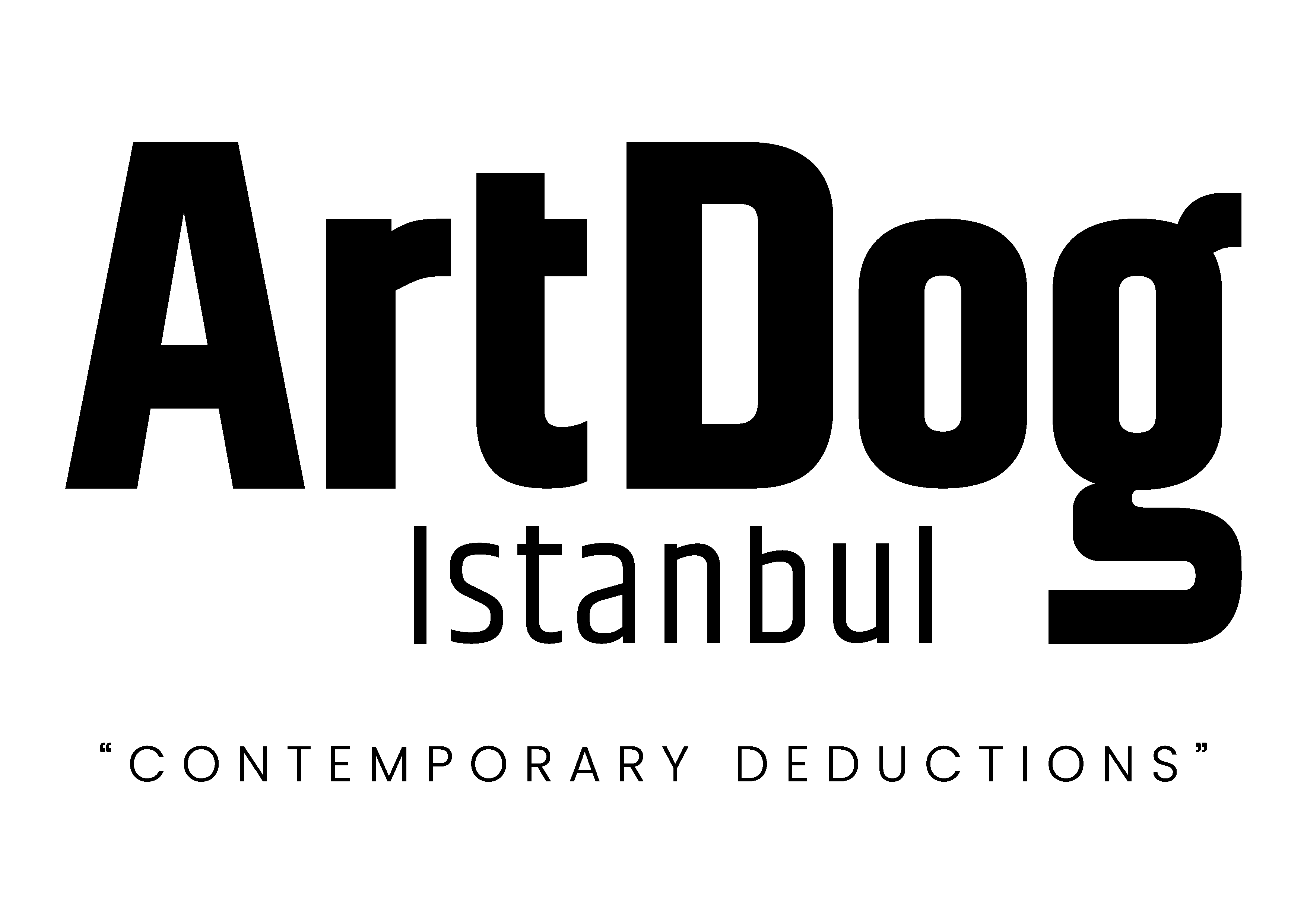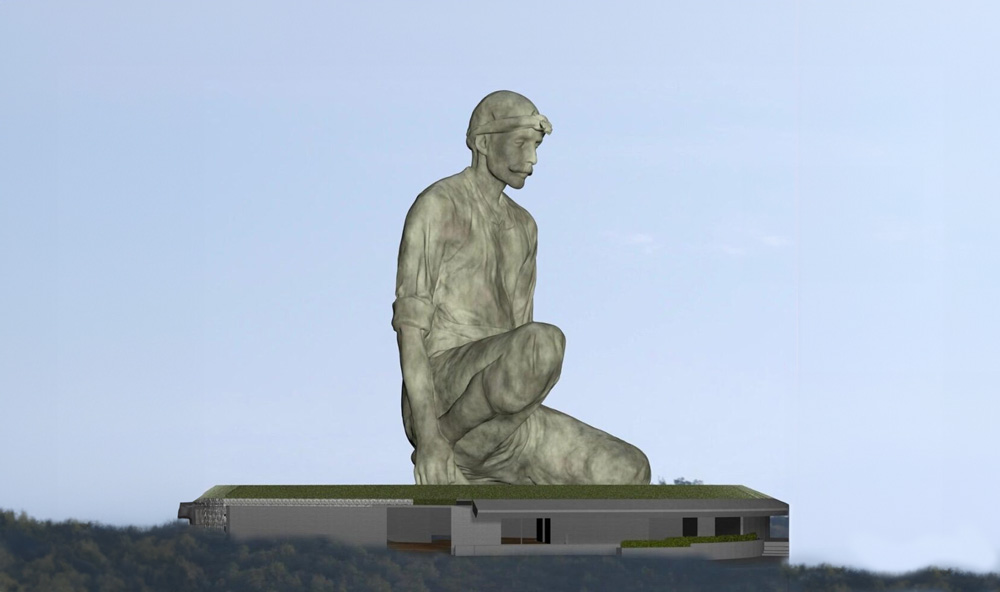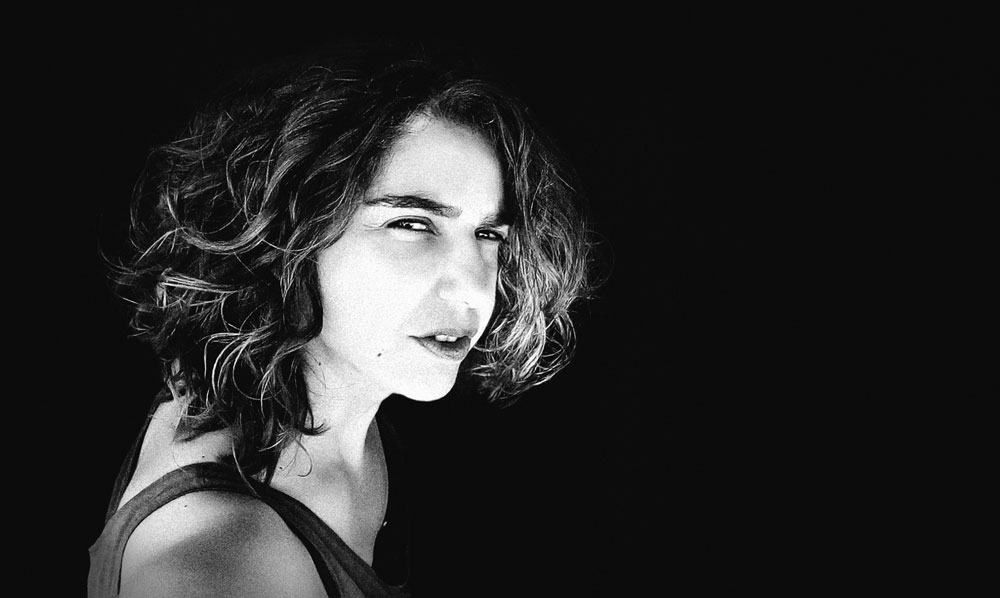The massive monumental statue to be erected in Cyprus is set to leave a lasting impression with its profound meaning. The statue is not a massive warrior or a ruler figure; it is a peasant with his face turned toward the ground. He has no sword in his hand, nor a banner on his back. He is simply there. Crouching. Waiting. Listening. Remembering. And what he is waiting for is, in fact, us. Designed by ARUCAD – Arkın Creative Arts and Design University, the Noble Peasant monument is the product of years of intellectual and artistic labor. It is not merely an artistic and architectural project; it gains meaning as a moral connection sought with the past, the reconstruction of social class memory, and a collective act of respect.
The Birth of the Noble Peasant: A Vision and a Competition
The idea for the Noble Peasant monument came from Erbil Arkın, the founder of ARUCAD. Arkın’s visit to the Christ the Redeemer statue in Rio de Janeiro left a deep impression on him. The dominance of Corcovado Mountain over the city of Rio planted in Arkın’s mind the idea of constructing a monumental statue unique to these lands, one that all Cypriots could identify with their own culture and traditions. Erbil Arkın’s vision is a monument to the “Noble Peasant,” which will honor and exalt the spiritual nobility of the people. This monument aims to serve as a unifying factor for all Cypriots—farmers, herders, villagers—who were once the sons and daughters of the land, in a country that has witnessed divisions and conflicts in its past.
The Arkın Award
To bring this vision to life, ARUCAD launched an international sculpture competition in August 2018 under the name “The Arkın Award.” The competition was open to artists, designers, architects, and creative minds from all fields of art. The project’s goal was to create a permanent work of art at least 40 meters high that was unique to the region. The sculpture was envisioned to be inspired by the concepts of the Levant and the Mediterranean and to embody the debt that all modern societies owe to the humble peasant class.
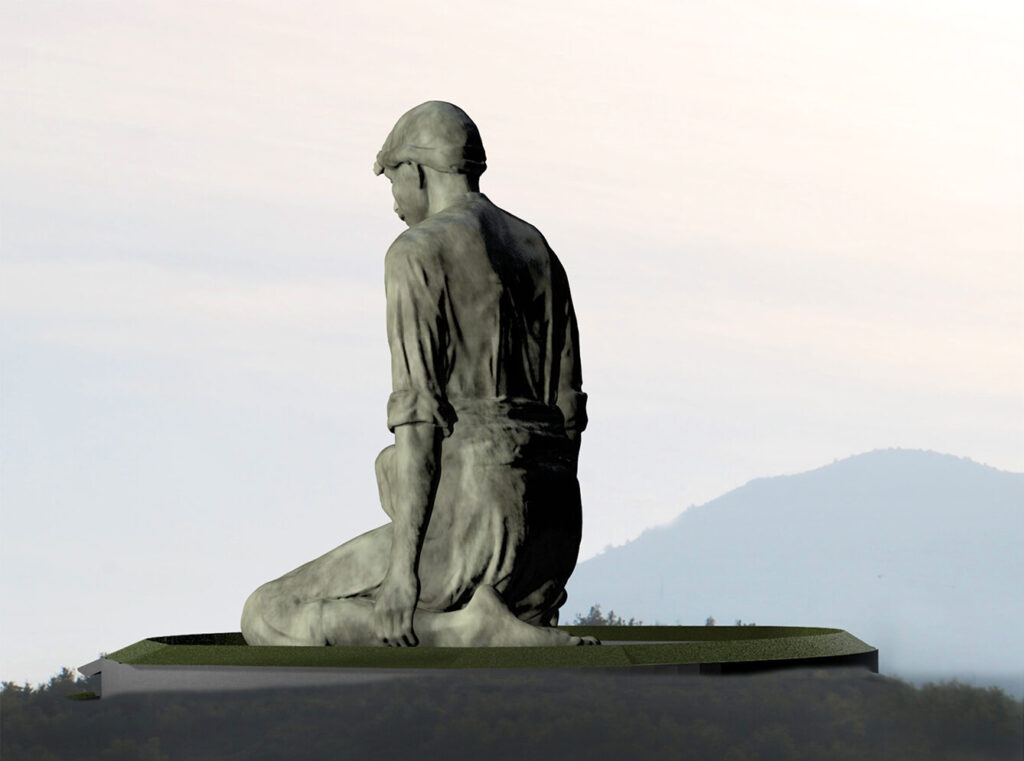
Lotta Blokker
More than 80 entries from 30 different countries were received for the competition. Following the evaluations, the entries were narrowed down to six finalists. Each finalist interpreted the artistic vision of the universal Noble Peasant in their own style. The works of these six finalists were introduced to a wide audience through successful exhibitions held at the Royal Society of Sculptors in London and Art Rooms in Girne. An international jury gathered in Cyprus selected Dutch sculptor Lotta Blokker, who has gained international renown, as the winner for her magnificent presentation.
Lotta Blokker began her artistic journey with a visit to the Rodin Museum in Paris, where she felt that Auguste Rodin’s works had determined her destiny. Blokker, who studied sculpture at the Florence Academy of Art, developed her talent by focusing on observation, interpretation, drawing, and modeling. Her works feature important moments in the history of sculpture, from Venus de Milo to Donatello’s Mary Magdalene and Rodin’s The Thinker. Blokker is also an artist who transforms the works of great painters such as Vincent van Gogh, Lucian Freud, and Marlene Dumas into sculptures. Blokker’s works form a powerful and sensitive collection that will blow the minds of viewers.
The Engineering Dimension of the Structure and the Principle of Harmony with the Environment
ARUCAD is not only an artistic vision; it also aims for high quality in architecture and engineering. Comprehensive geophysical, geotechnical, and geological analyses are being carried out in the project area. Criteria such as structural durability, environmental impact, sustainability, and aesthetic harmony are balanced. The initial location for the sculpture was determined to be one of the slopes of the Beşparmak Mountains facing Girne, but it was later decided to construct this monumental sculpture on the Karpaz coast.
Sculpture Park: Layers of the Visitor Experience
Asil Köylü is not just a sculpture but a complex of spaces. The project defines three main experience areas: the sculpture itself, the surrounding square, and nature trails. The sculpture area will be a moment that captivates the viewer with the figure’s grandeur. The changing surface effects with daytime and nighttime lighting will offer visitors different moods.
The square and sculpture park include walking paths surrounded by local vegetation, rest areas, cafes, and restaurants. These areas are designed not only as tourist attractions but also as cultural and social gathering places. The infrastructure is designed to be flexible enough to host a variety of events, from open-air concerts and light shows to municipal meetings and exhibitions.
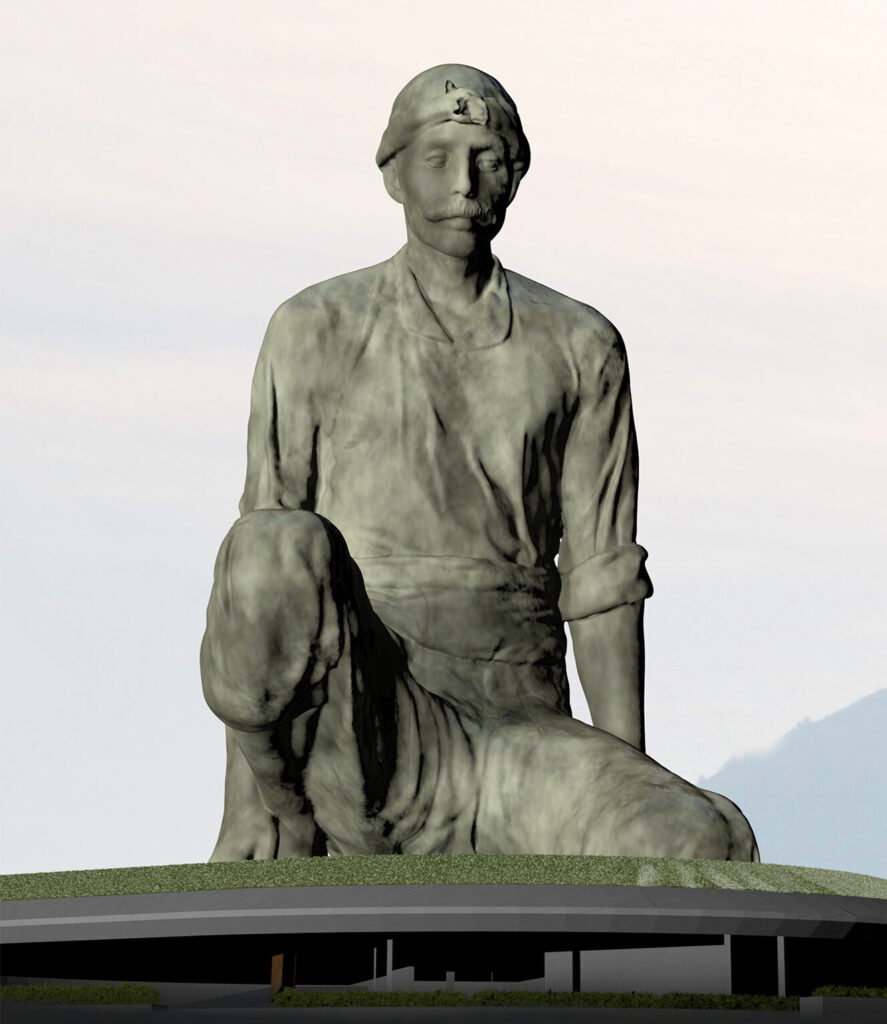
Economic and Cultural Impact: The Power of Monuments
The world’s great monuments are not just symbols; they are considered economic engines. The Eiffel Tower’s indirect economic contribution to France is estimated to be £343 billion. Asil Köylü also aims to make a significant contribution to the region’s tourist value.
Many monumental sculptures around the world have become iconic and instantly recognizable symbols of the cities or regions where they are located. The Statue of Liberty in New York, Christ the Redeemer in Rio de Janeiro, and the Angel of the North in Gateshead, England, are among the most well-known examples of such works. The Angel of the North is seen by more than one person every second, making it one of the most visited works of art in the world today. Christ the Redeemer, meanwhile, has become one of the world’s most famous landmarks and a permanent symbol of Brazil since its inauguration in 1931, attracting more than two million tourists annually. The Eiffel Tower not only attracts an average of eight million visitors annually but also generates an indirect economic benefit of 343 billion pounds, equivalent to nearly one-fifth of France’s annual gross domestic product.
According to ARUCAD’s forecast, the majority of visitors to the region will flock to this statue. Thus, Asil Köylü will not only have artistic value but will also serve as a lever for tourism, cultural promotion, and the local economy.
Dialogue with Nature, Harmony with the Land
Asil Köylü is not merely a figure, a symbol, or a cultural memory object; it also represents a delicate relationship with nature. The principle of sustainability at the heart of the project is one of the fundamental ethics shaping the dialogue the sculpture will establish with its physical environment. This goes beyond the use of eco-friendly materials; it is carried out with a holistic planning approach that considers numerous parameters, from the region’s geological structure to its flora and fauna, water sources, and wind patterns.
ARUCAD’s approach to this project is based on the idea that a structure gains meaning not only through its aesthetics or structure, but also through its respect for the land it inhabits, the geography it is rooted in, and the ecosystem it is embedded in. In this context, many steps are being taken to preserve and enhance the natural structure of the area where the Asil Köylü sculpture will be installed. The monument is becoming an installation practice that makes space not only for people but also for the natural elements around it.
The Construction of a Sustainable Sculpture
The principle of sustainability carries a sense of responsibility not only towards nature but also towards the future. The use of technologies that provide high energy efficiency, the incorporation of renewable energy sources during and after the construction process, and the adoption of environmentally friendly methods in waste management demonstrate that ARUCAD has adopted an approach that sets an example not only in art but also in environmental ethics. Teams working in landscape architecture, master planning, and environmental design are striving to create a structure that harmonizes with nature, blending cultural aesthetics with ecological balance.
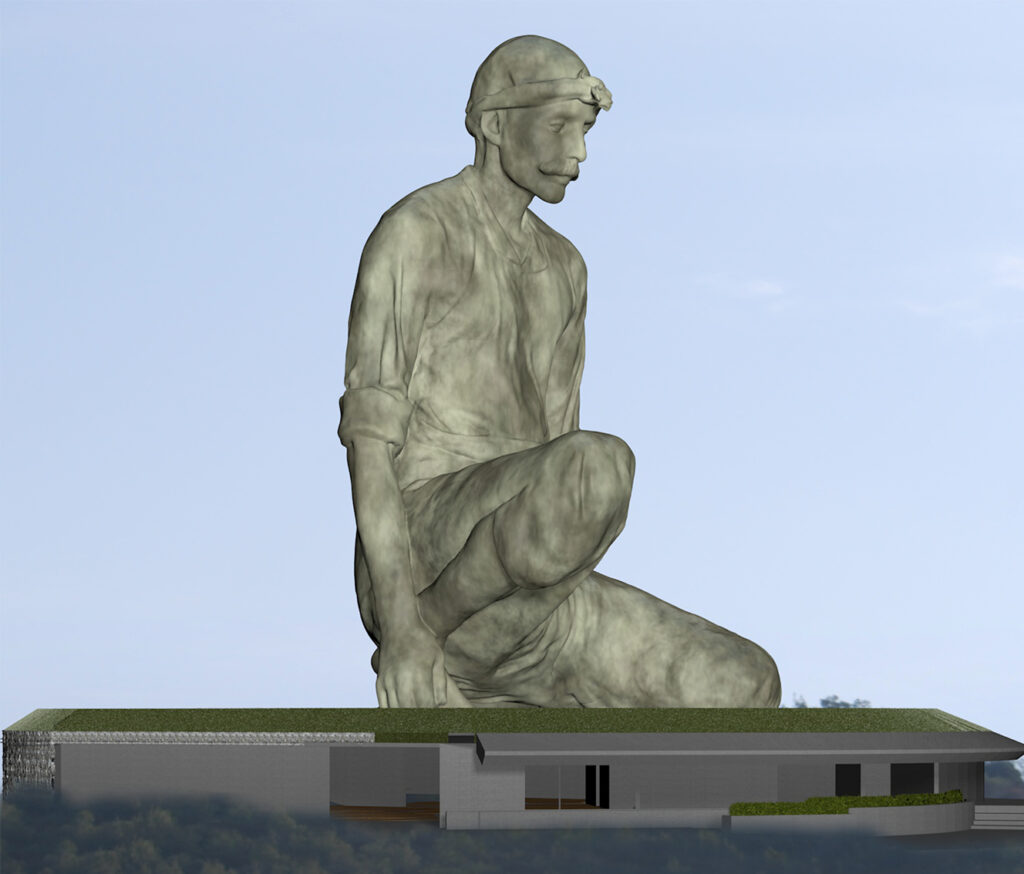
Animals, wind, sun, water, stone—everything will be present. The design of the space aims to create a holistic experience that not only appeals to the eye but also stimulates the body, soul, and consciousness. Lighting systems are planned to minimize environmental impact and respect the night sky.
Exhibitions and Public Dialogue
Following the successful exhibitions in London and Girne featuring the works of the Arkın Award finalists, a new exhibition is planned to allow the public to see Lotta Blokker’s winning entry in the Noble Peasant competition. This exhibition will feature a panoramic presentation aimed at representing the sculpture’s position on the mountain as closely as possible to reality. A special lighting system enables the presentation to simulate both daytime and nighttime views.
The Noble Peasant project holds great potential for Cyprus’s artistic, cultural, and economic future. As a monumental work of art, especially when placed in such a photogenic environment, it is expected to generate lasting interest. Just as Girne Castle has become a symbol of the city, it is hoped that Asil Köylü will become a new symbol of Cyprus and Girne, resonating as an iconic symbol for generations to come, even centuries.
The New Symbol of the Mediterranean
Ultimately, the Noble Peasant project carries a meaning far deeper than simply constructing a statue. This figure, which will rise atop the Beşparmak Mountains, will find a place in the collective memory of all Cypriots, attract the interest of tourists, and remind future generations of the values of humility, labor, and connection to the land. ARUCAD’s project aims to create a legacy that will be recognized worldwide, not only strengthening Cyprus’s cultural identity but also pioneering a sustainable approach to art. The Noble Peasant will become a new symbol not only for Girne but for the entire Mediterranean.

